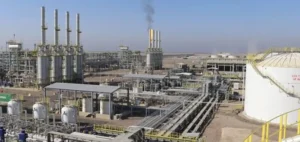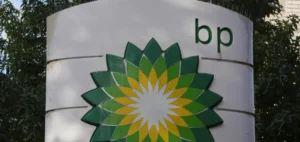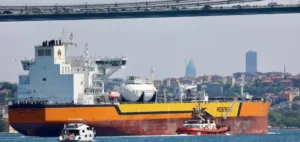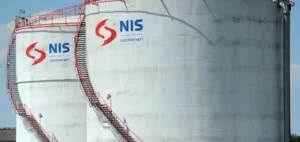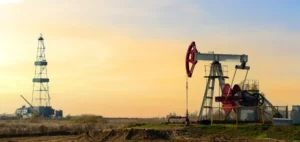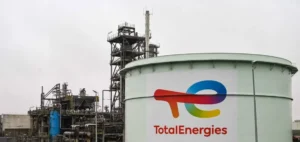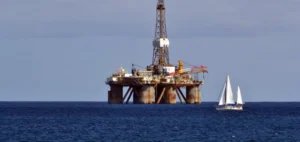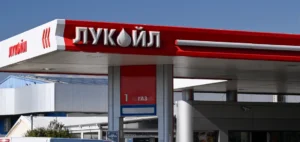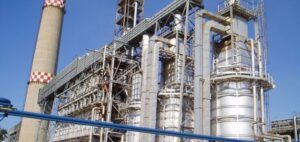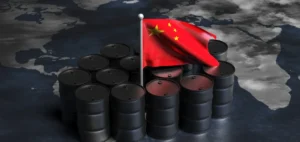This summer marks a major turning point in diesel trade between the US Gulf Coast (USGC) and Europe.
In July 2024, diesel flows reached 10.6 million barrels transported to Northwest Europe and the Mediterranean, an all-time record.
In August, this figure was surpassed again with 12.5 million barrels, confirming an unprecedented upward trend.
This level of exports is mainly due to lower freight rates, creating an opportunity for traders to exploit arbitrage between the two regions.
These record flows reflect the ramp-up in production capacity at US refineries, which have been running at close to 93% capacity since the start of the summer.
In July, diesel production in the USGC region reached 3 million barrels per day, fuelling rising domestic inventories and contributing to the explosion in exports to Europe and Latin America.
Brazil, a new key player in diesel exports
Alongside these transatlantic flows, Brazil has become an increasingly important market for US diesel exports.
In August, USGC export volumes to Brazil jumped to 1.7 million barrels, compared with just 300,000 in February 2024.
This development has strengthened the US presence in a market historically dominated by Russia, which remains the main supplier of diesel to Brazil with over 75% of the market share.
However, competition is developing between American diesel and that from Russia.
The price differential between Russian and USGC cargoes narrowed in the second half of 2024, from $6.19 per barrel to $4.36, making US diesel more competitive on the Brazilian market.
This situation is being closely monitored by market players, although Russia continues to play a dominant role.
A market marked by volatile freight rates
Fluctuating freight rates for clean tankers were one of the key factors behind the increase in USGC diesel exports to Europe and Latin America.
After experiencing significant volatility, freight rates fell from $57.99/metric ton in June to around $30.30/metric ton in August.
This drop in transport costs opened up arbitrage opportunities for traders, who quickly chartered vessels, contributing to an increase in transported volumes.
Despite this volatility, US refineries continued to produce at a steady pace.
With utilization rates reaching 93% of capacity, diesel production remained at a high level, supported by growing international demand.
However, this trend could be reversed as the autumn refinery maintenance season approaches, leading to lower exports.
US domestic market under pressure
While US diesel exports continue to grow, the domestic USGC market is marked by low prices that limit arbitrage opportunities between different regions of the United States.
In August, US Gulf Coast diesel was selling at a price 11.40 cents per gallon below NYMEX contracts, its lowest level since January.
On the U.S. East Coast, diesel hit a two-year low, trading 5 cents per gallon below NYMEX.
Despite these price differentials, transportation costs between different regions of the country prevented traders from taking advantage of these arbitrage opportunities.
Market players believe that domestic demand remains limited due to low prices in certain regions of the country, which favors exports to more lucrative markets such as Europe and Brazil.
Brazilian market outlook
Brazil’s steadily growing diesel market could play a crucial role in future US exports.
In July, retail sales of refined products in Brazil reached 6.05 billion liters, up from 5.67 billion in June.
Diesel sales, which rose by 4% in the first half of 2024 to 38.55 billion liters, testify to robust demand in this market.
Analysts believe that Brazilian GDP growth of 2.2% in 2024 could further boost diesel demand, with each percentage point of economic growth associated with a significant increase in fuel consumption.
This growth in the Brazilian market could offset the expected fall in USGC diesel exports as autumn approaches.


